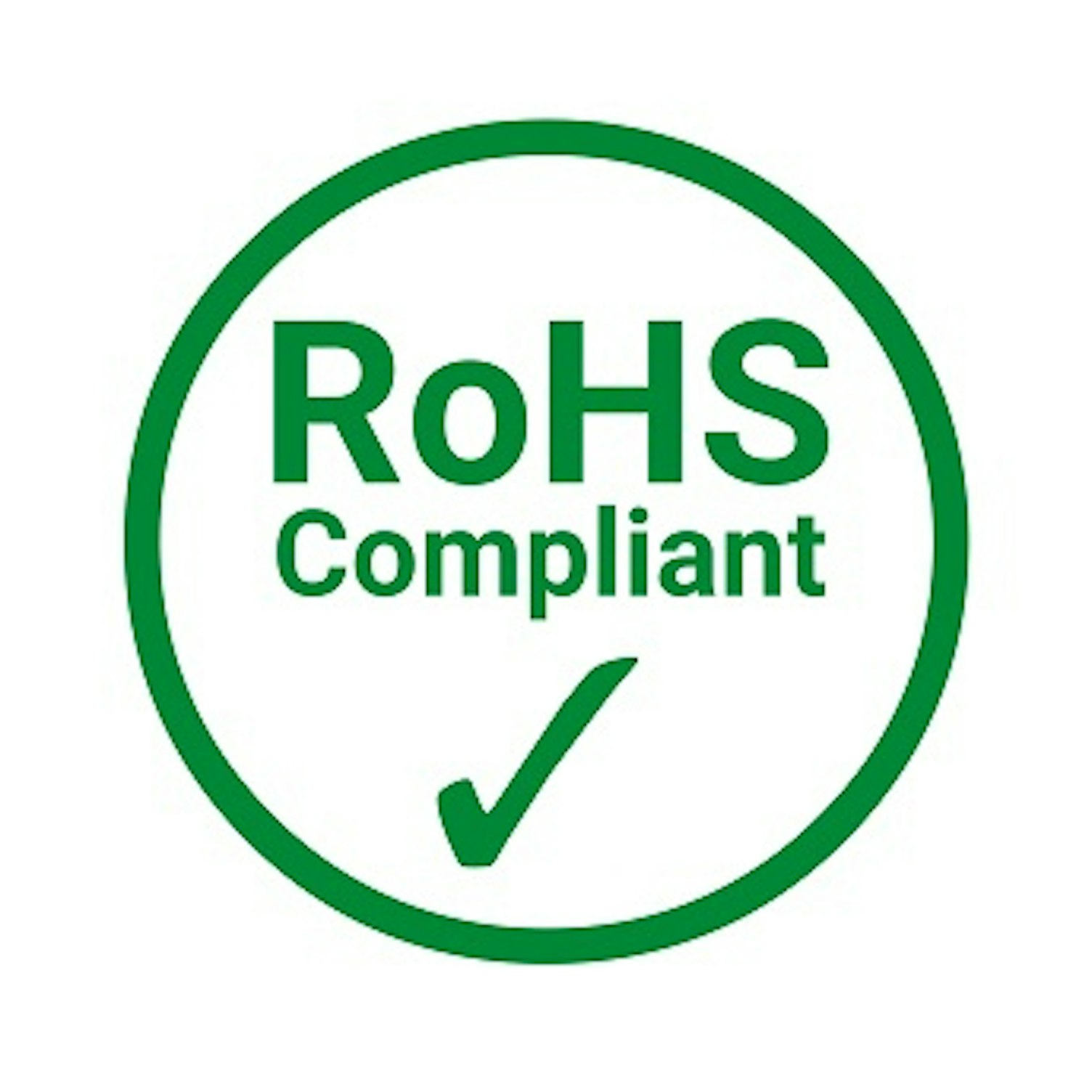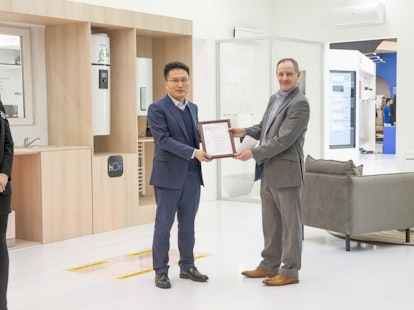
On December 15 2020, the Pack 22 consultancy project was officially launched, which involved a wide range of exemption clauses, the EU will issue a final exemption clause update directive in the Official Journal (EUOJ) in accordance with the recommendations of this assessment report, and companies can refer to the contents of this assessment report to make product adjustments and respond to regulatory changes in advance.
On January 13, 2022, the final evaluation report of the EU RoHS consulting project Pack 22 was officially released. The report evaluates and recommends extensions for a total of nine exemption clauses in Appendix III, including 6(a), 6(a)-I, 6(b)-I, 6(b)-II, 6(c), 7(c)-I and 7(c)-II, covering a wide range of materials used in a wide range of electrical and electronic products, including steel alloys, aluminum alloys, copper alloys, high temperature solders, glass and ceramics in electrical and electronic components.
In addition, five new exemption clauses have been added to the report, including 6(a)-II, 6(b)-III, 6(b)-IV, 7(c)-V, 7(c)-VI, and 7(a) application scenarios are detailed to help companies identify whether materials are within the scope of exemptions more effectively.
The recommendations in the assessment report are shown below.
| EXEMPTION | CONTENT | APPLICABLE PRODUCT CATEGORY | RECOMMENDED VALIDITY PERIOD |
|---|---|---|---|
| 6(a) | Lead as an alloying element, the content in machining steel and galvanized steel does not exceed 0.35% | Class 8 in vitro diagnostic medical devices | July 21, 2023 |
| Class 9 Industrial Monitoring Equipment | July 21, 2024 | ||
| Category 11 | |||
| 6(a)-I | Lead as an alloying element, the content of which is not more than 0.35% in steel for machining | All categories | July 21, 2024 |
| 6(a)-II | Lead as an alloying element, the content of galvanized steel components in batch heat treatment does not exceed 0.2% | July 21, 2026 | |
| 6(b)-I | Lead, as an alloying element, does not exceed 0.4% in aluminum, and lead comes from leaded aluminum scrap | 12 months after the final decision | |
| 6(b)-II | Lead as an alloying element, not more than 0.4% in aluminum alloys for machining purposes | 18 months after the final decision | |
| 6(b)-III | Lead as an alloying element, the content in aluminum casting alloys does not exceed 0.3%, and lead comes from lead-containing aluminum scrap | July 21, 2026 | |
| 6(b)-IV | Lead as an alloying element in aluminum alloys for processing, for air valves of Class 1 large household appliances, with a content of not more than 0.4% | Category 1 large household appliances | December 31, 2024 |
| 6(c) | Lead in copper alloys, no more than 4% | All categories | July 21, 2026 |
| 7(a) | Lead in high melting temperature type solder (e.g. lead-based alloy solder with a lead content of more than 85%) (excluding the scope of the exemption section 24)All categories other than applications covered by the exemption clause in Section 24 of the Appendix | All categories other than applications covered by the exemption clause in Section 24 of the Appendix | July 21, 2024 |
Lead in high melt temperature solder (e.g. lead-based alloy solders with a lead content of more than 85% ) for the following applications (excluding the scope of Exemption Section 24):
| July 21, 2026 | ||
| 7(c)-I | Lead contained in glass or ceramics in electrical and electronic components (except dielectric ceramics in capacitors), such as lead in piezoelectric devices, or in glass/ceramic matrix compounds | All categories | July 21, 2024 |
| 7(c)-V | Lead contained in glass or glass matrix compounds in electrical and electronic components that have the following functions:
| All categories | July 21, 2026 |
| 7(c)-VI | Lead contained in ceramics in electrical and electronic components that have the following functions (excluding applications covered by Sections 7(c)-II, 7(c)-III and 7(c)-IV):
| All categories | July 21, 2026 |
| 7(c)-II | Lead in dielectric ceramics in capacitors with a rated voltage of 125 V AC or 250 V DC or higher | All categories of applications covered by the exemption clauses in Sections 7(c)-I and 7(c)-IV of the Appendix | July 21, 2026 |
In accordance with the provisions of the RoHS Directive, the exemption clause for applying for an extension remains in force during the official evaluation period. If the extension application is rejected or the exemption clause is revoked, a transition period of 12 to 18 months will be set from the date of the decision. As the exemption clause has the characteristic that "once there is a feasible alternative or technology in the market, the clause will be cancelled", SGS recommends that manufacturers of electronic and electrical products that are now benefiting from the exemption clause pay close attention to the latest developments in the exemption clause and prepare in advance for supplier selection and technological upgrades to avoid the relevant risks.
With a proven track record in product safety certification, SGS’ global network of RoHS accredited labs and specialists are the ideal partner to verify your compliance to RoHS.
To purchase this service/ get a quote, please visit TIC Mall.
Please contact our Customer Service Team for more information!
To obtain a copy in PDF, please click here.
Units 303 & 305, 3/F, Building 22E,
Phase 3, Hong Kong Science Park,
Pak Shek Kok, New Territories,
Hong Kong, China



